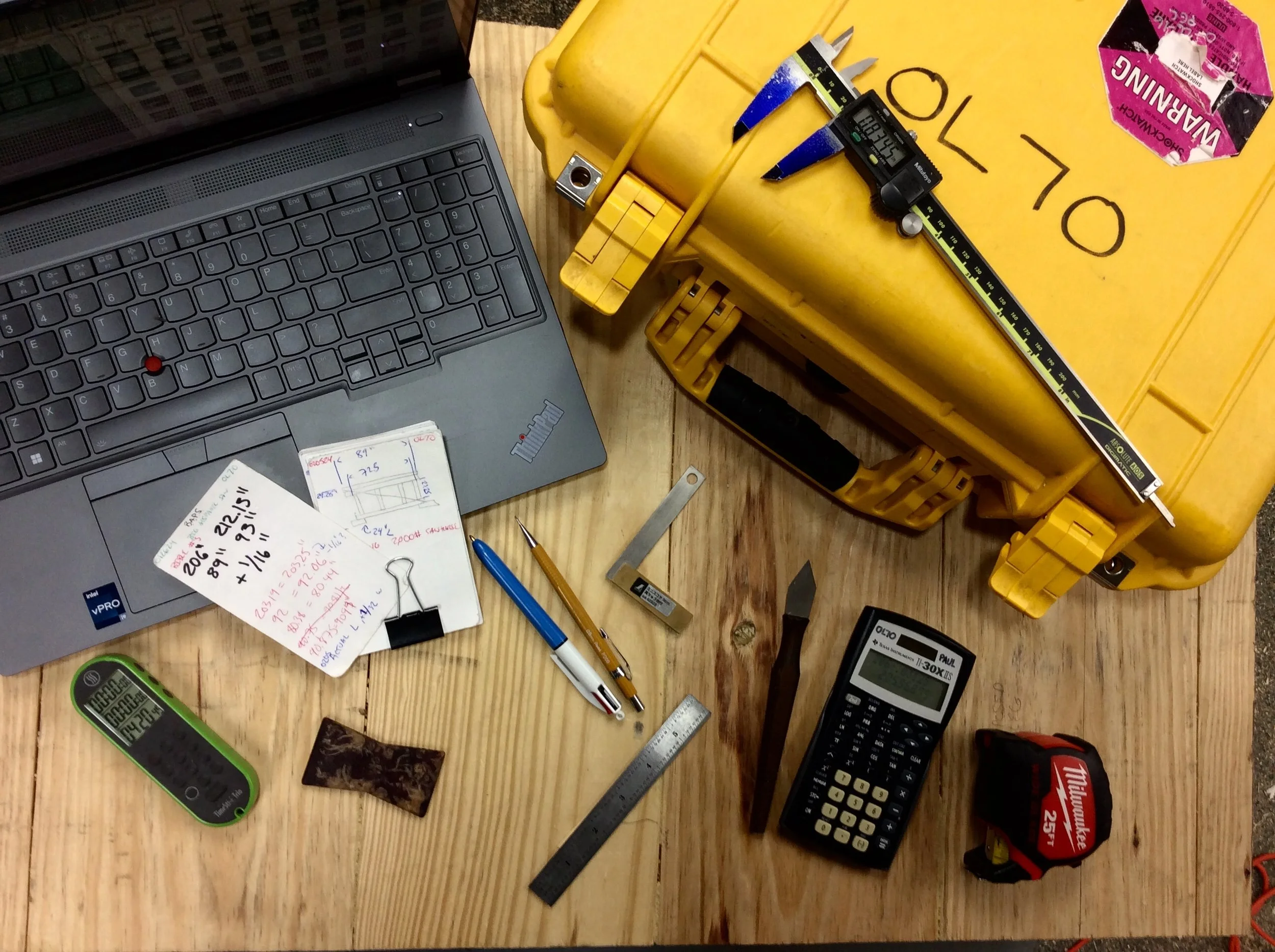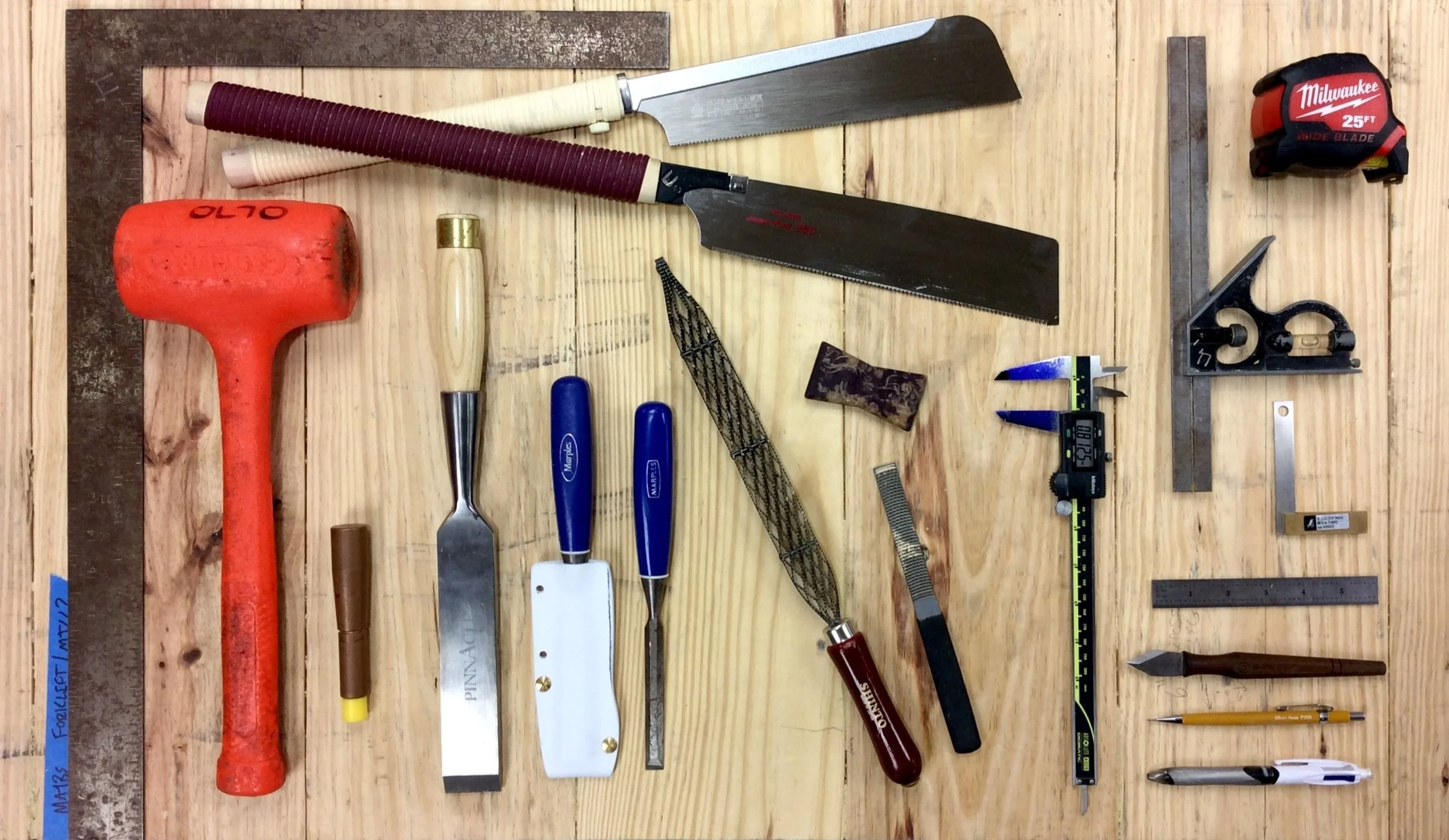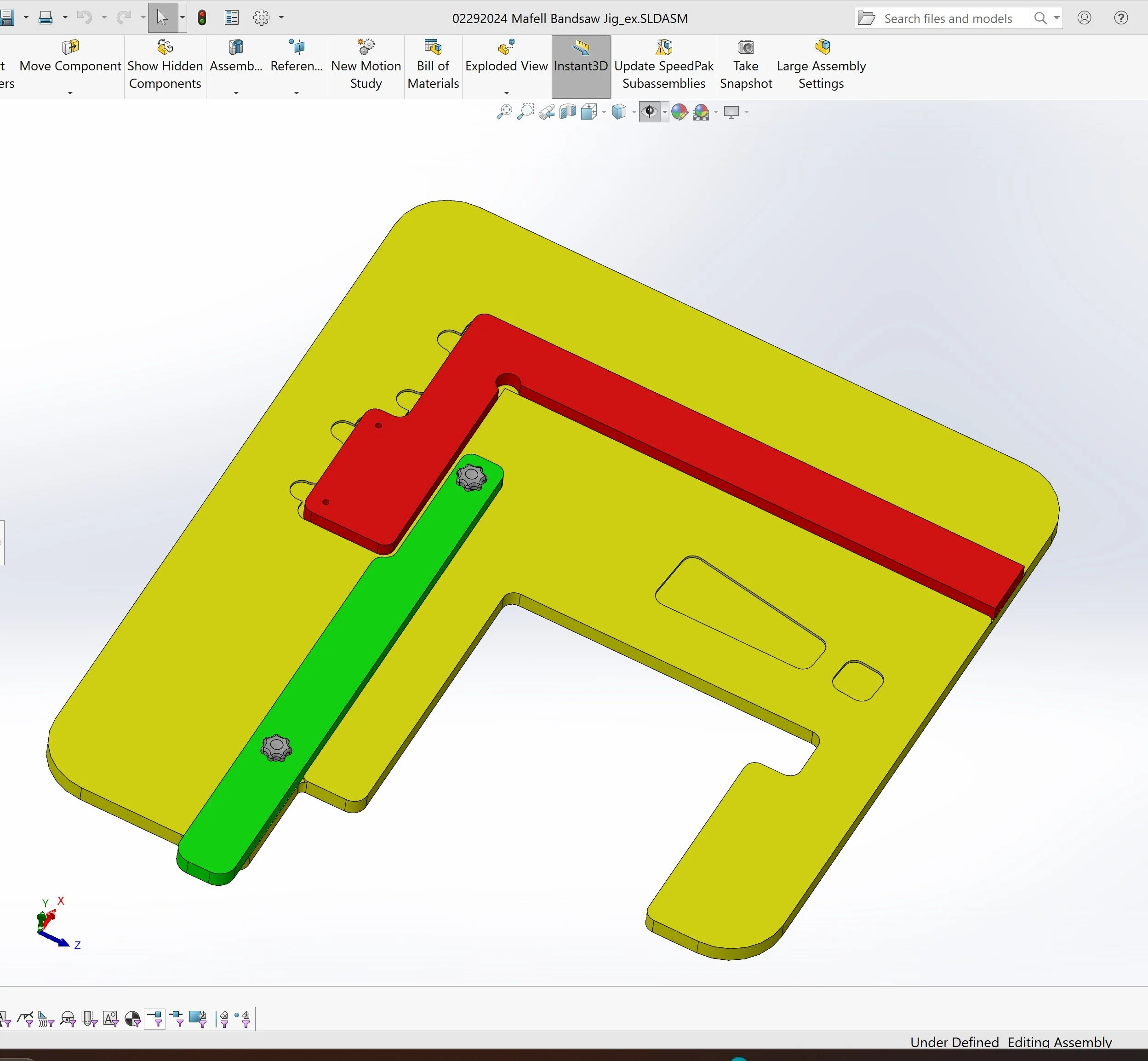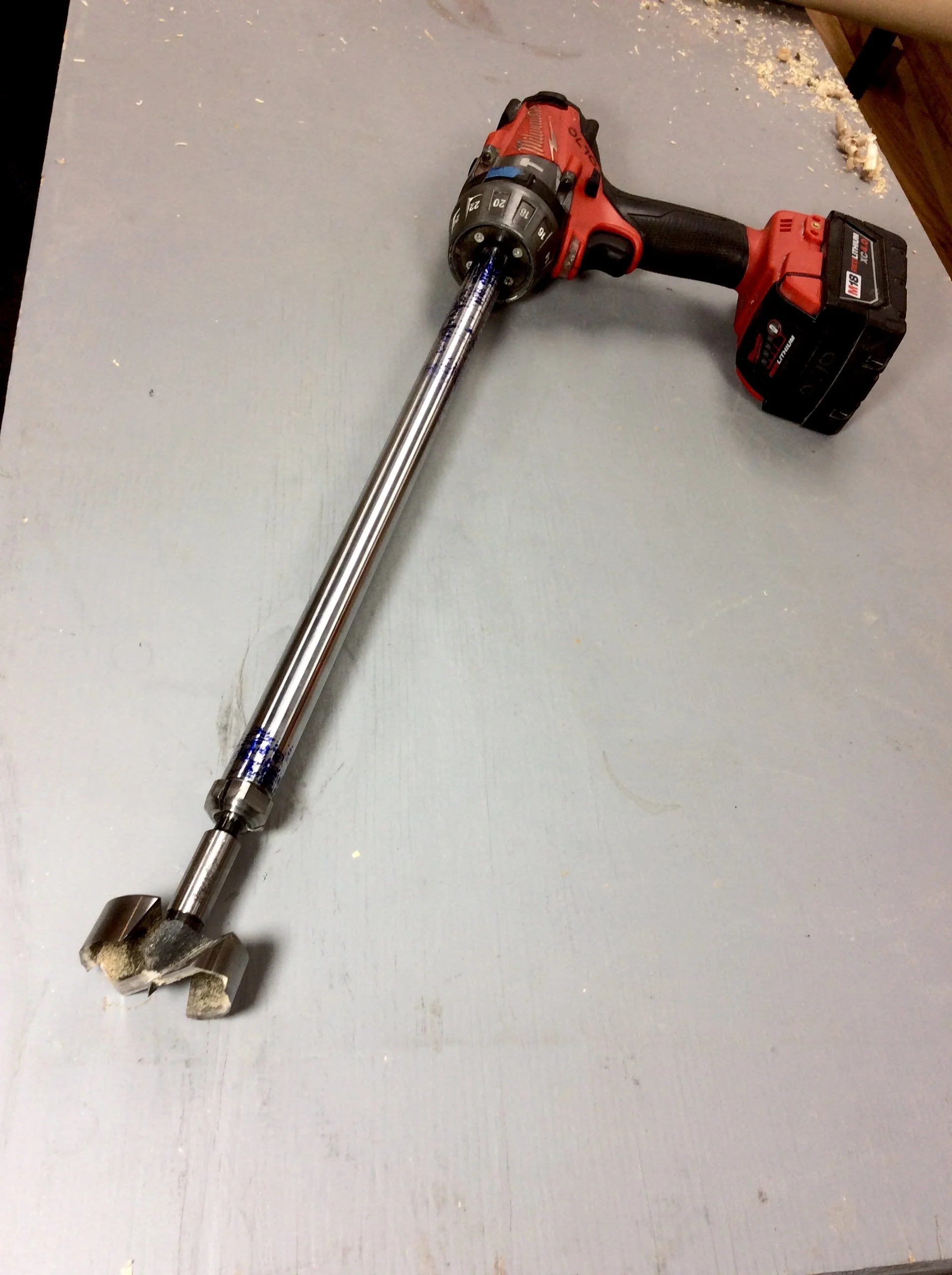A Project to Pine for
What’re the chances that a client needs both someone with modern machinist accuracy… AND an obsession with timber framing?
Hearing a local manufacturer was struggling with a brand new production line machining mass timber walls and floors, I ran over with my laptop, calipers, and a bag full of my favorite handtools. Ready to be a quick study on their production needs and custom equipment.
A woodworker ready to answer the call: ”timber”
These wooden panels are alternative to traditional pre-fab concrete, and are even fire and blast rated. They are frickin HUGE! A literal TON of solid pine, 18ft by 8ft, many 8in thick.
Pre-assembled at their factory so a construction crew just needs a crane and some coffee to pop together these wooden behemoths. Modern Cross Laminates mean wooden buildings can now tower nearly 20 stories into the sky. It’s a great eco-friendly option for Civil projects.
But it’s only an eco-friendly option if they get to the job sites on time, and that meant doubling production—fast.
They had already built up a CNC machining system and scratch-built a CNC “Big Ass Panel Saw” still in the teething phase. Acquired multiple timber track saws, chain mortisers, portable bandsaw, drill stations… a timber-tool wonderland.
Mass timber & Mass production = Mass Problems ²
All that was missing was that “secret sauce”, some oil to get everything moving— The humans behind those fancy tools.
Just like any hero-movie franchise, it takes time to get the right team together. And some days the challenge it was… excitement would brew as we hit 20 panels/day, only to realize all had to be rejected, repaired, and reworked.
Enter the OLIO hodgepodge: that multi-discipline background.
Everyone was new to these niche tools, setups, and processes. Some of which were still only ideas to be tested. Notepad in hand, I got right to working with their initial carpentry crew and playing with their track saws. Dialing in cuts and tolerances.
Got onto that “Big Ass” CNC Panel Saw/spliner and improved the accuracy, squareness, quality, and even the safety of the machine. With “small” offcuts often weighing 100’s of pounds, making sure they ejected safely and away from the growing team of timbermen is inarguably a good idea. Working closely with R&D got changes pushed to production quickly.
…Next?
The CNC machine. A monster Shopbot unit fed by forklifts and massive custom conveyors. Brilliant fabrication but struggling with consistency. Sometimes cuts would be inches off, what the heck Computer Controlled? Some simple changes to how technical drawings are dimensionally referenced took those cuts to within a hair.
Nice. Pen mightier than the sword and all that… CAD laptop doesn’t hurt either.
When the CNC wasn’t able to make the cut: hand tools, marking knives, Japanese saws, sculpting rasps, timber slicks (big frickin chisels), all got busted out. When the CNC misbehaved and cuts were made in error, handtools made mistakes literally disappear.
With most of the timber-tools being made for beams, every (already niche) tool needed a custom jig, fixture, bit, or bob in order to work on these goliath pine panels. Even their drill bits needed me to machine a custom steel collet (a drill chuck, leveled up) and 18 inch extension just to drill some “simple” holes. Well, a few thousand of them.
Hand Made, Hand Cut, Handy AF
One of the most satisfying tools to get a fixture made up for was an $8,000+ portable timber bandsaw. Sadly collecting dust in the corner unused, a few quick iterations on the CNC and a sliding jig was made to get it back in action on the panels.
Saving hours of hand sawing effort and knocked out batches of cuts with machinist precision and accuracy. Such a fun and niche tool to figure out production usage for. I got to work through process errors personally, training the next guys for success upfront.
How’d it go?
From a small skeleton crew learning and developing a new production line, to a well-oiled team of timber machinists. It was amazing to be the woodworker the team leaned on to take production from making mountains of scrap, to not only hitting production goals... doubling them at over 40/day. The fact that some hand-cut repairs in timber can still save tens and tens of thousands of dollars, in otherwise rejected material… in 2024… who’dve guessed.
Client was able to have the skill and experience on-site when it mattered. Buying time to find, build, and train their new team. Delivery schedules met with multiple civil projects, investors touring with delight. Sad timber tools wanting to be useful, dreams fulfilled with a good jig and a fix.
(Oh, and I had an absolute blast. Thank you for asking.)






